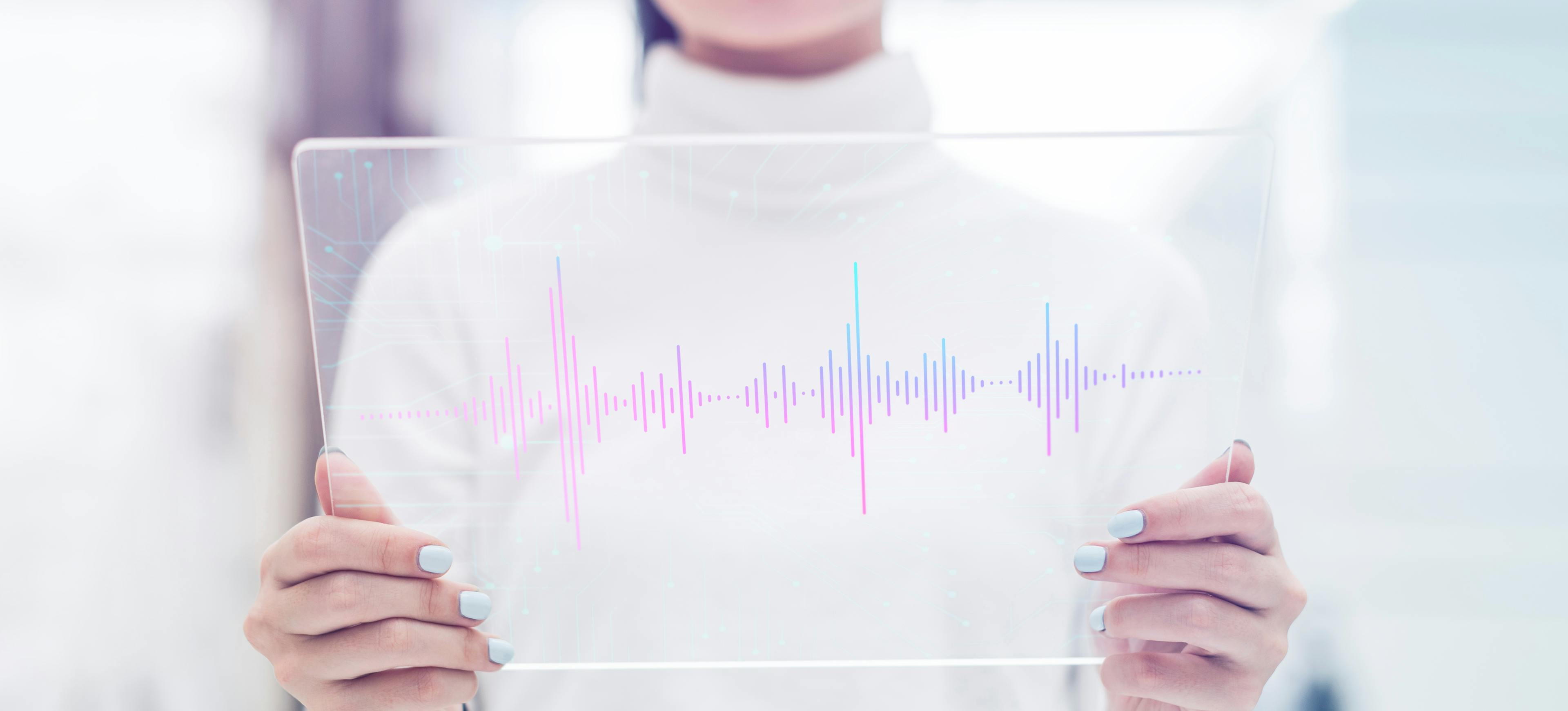Image source: Freepik
Voice recognition technology has opened up a world of possibilities when it comes to the medical field. From reducing the risk of cross-contamination to streamlining administration and medical documentation, voice recognition technology makes work more efficient.
According to Statista, 90% of large healthcare organizations use some form of AI automation. 62% of healthcare providers utilize speech recognition technology when managing their medical records. Besides, AI, coupled with voice recognition technology, is currently an excellent opportunity to advance automation in the healthcare industry.
With this blog post, you will gain insight on how voice recognition technology can be implemented in the medical field, as well as its benefits and potential challenges.
Introduction to Medical Voice Recognition Technology
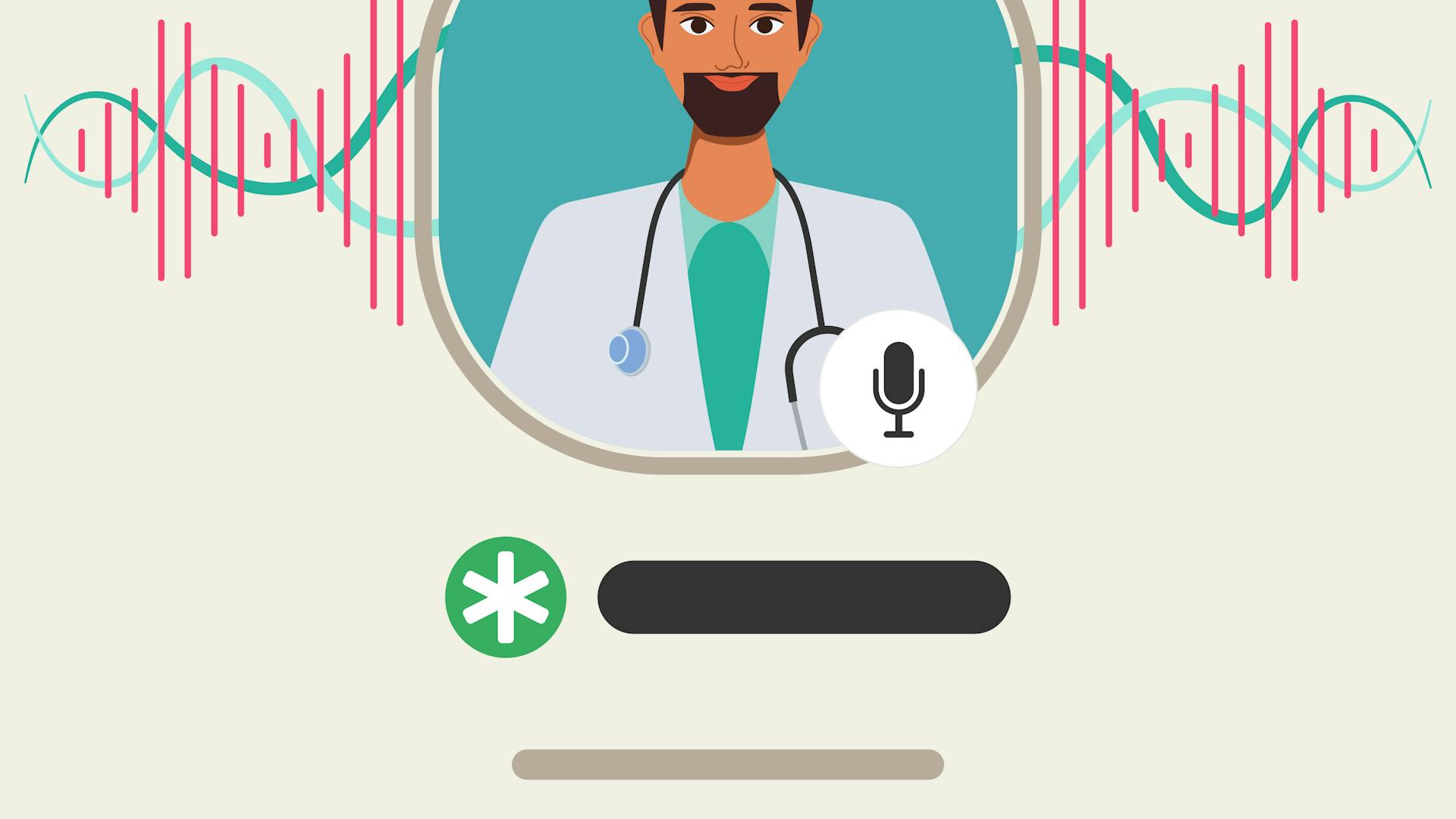
Image source: Freepik
Voice recognition technology in the medical field is used by physicians around the world to assist them in taking notes, recording patient histories and other tasks.
This technology allows machines to understand human speech and offer a clear output for a human agent. It uses Natural Language Processing (NLP) aided by AI in the medical field, thereby revolutionizing machine-human interaction.
There are several types of medical voice recognition technologies available, depending on the user's needs and the application type being implemented. Among the most common types are acoustic transcription (also known as "Speak-to-Text") and digital dictation (also known as "Speak-to-Output"). Acoustic transcription uses a microphone connected to a computer to capture a doctor's spoken words and then convert them into text.
Digital dictation uses a microphone and a digital recording device connected to a computer to directly record and playback a doctor's speech. Voice dictation software can also feature features such as word prediction and text-to-speech synthesis, allowing the user to hear their own recorded speech even if they don't have an accurate speaker model.
Other options include continuous speech recording systems, which allow individuals or groups to continue speaking without having to manually pause the recording once it begins, or interactive voice response systems, which allow the user to interact with a system using pre recorded questions.
Benefits of Voice Recognition in the Medical Field
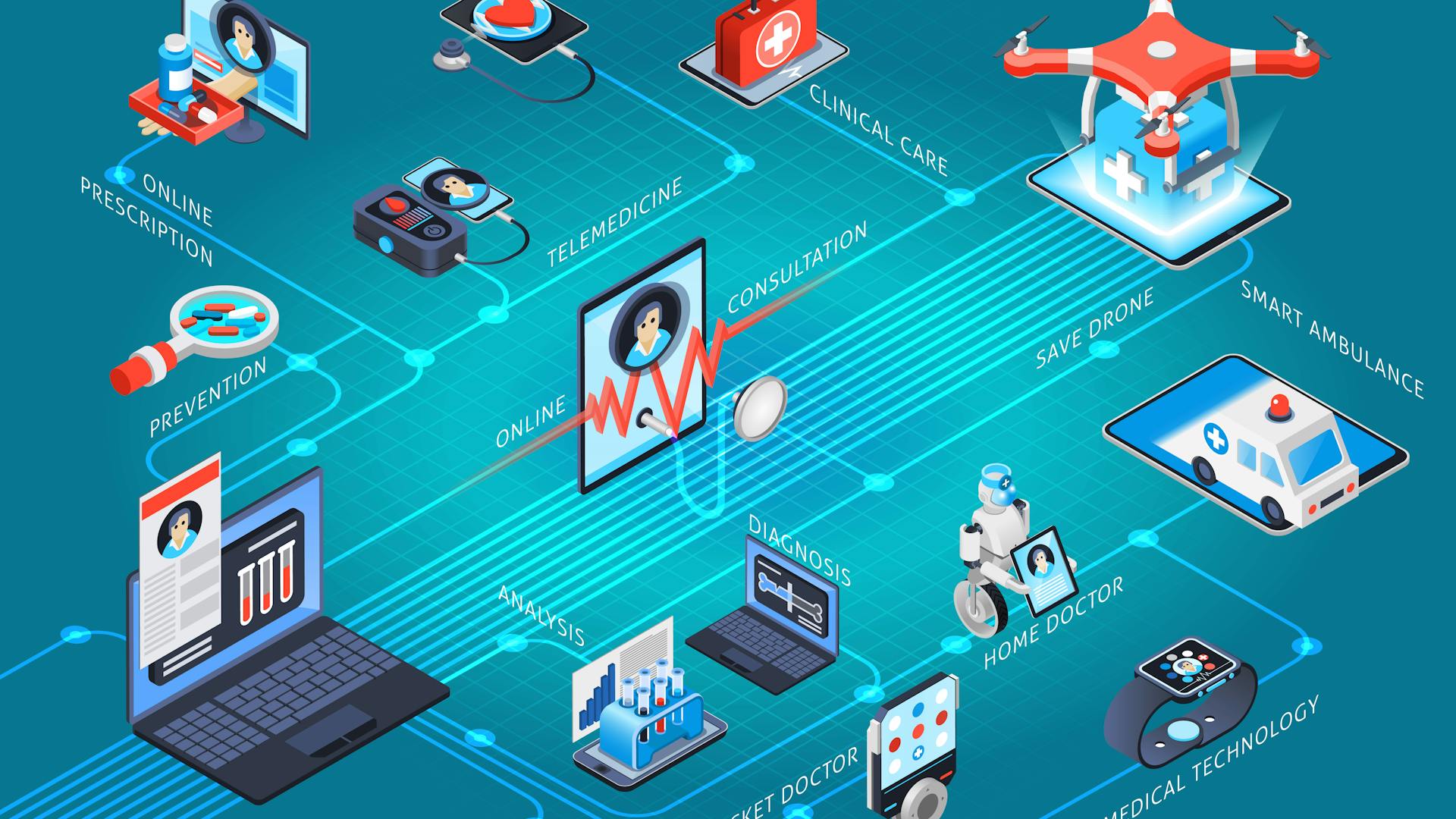
Image Source: Freepik
Speech recognition technology can be used in a number of different ways, with most of those benefits relating to the medical field. Harvard Medical School indicates AI has massive potential for changing the healthcare industry for the better. Technologies like Conversational AI give advantages practitioners can translate into better patient care. Here are some benefits of speech recognition technology:
1. Helping elderly patients
Voice recognition is particularly useful in environments with a high concentration of older patients. By automatically transcribing audio recordings, doctors are able to read through a greater volume of patient interviews more quickly than before. As a result, elderly people are more likely to receive prompt patient care and be treated as soon as possible.
2. Reducing errors in medical record keeping
Another important benefit of speech recognition technology is that it can reduce errors in medical record keeping. There is enoughscientific-based evidence to support this. Since speech recognition software is able to listen and transcribe the information automatically, healthcare providers can rely on the precision of medical data.
3. Managing patients remotely
Voice recognition software also gives healthcare providers the ability to remotely manage employees, patients or other individuals in their care without being physically present. This gives them greater control and peace of mind knowing that they are always available. In this article we see how voice-activated remote monitoring technology helps heart failure patients.
4. Obtaining medical information quickly
Speech recognition technologies can also decrease the amount of time, effort and stress on healthcare providers. This is especially important in emergency situations when time is of the essence. By simply saying, “I’m an EMT,” a medical professional can gain valuable information about their location, condition and more.
5. Reducing the gap between doctors and patients
Another important area of speech recognition application is making diagnosing and treatment better. There are use cases from healthcare organizations such as Oregon Health & Science University and hospitals in Delhi, showing how voice recognition narrows down the gap between patients and physicians.

Source: Freepik
6. Avoiding language barriers
Natural language processing is the underlying technology that helps healthcare speech recognition technology to decrease language dependability. For instance, voice recognition can identify various language patterns in human speech, even if a person talking is not a native speaker. It helps avoid language barriers and bring people speaking different languages closer.
7. Higher flexibility
Speech recognition tools can be used on almost any device or interface. With such a degree of flexibility, the technology has given healthcare providers new opportunities. For instance, when combined with cloud technologies, speech recognition can be used to seamlessly turn dictates into written documentation and share it with other professionals. As a result, patient information is shared among healthier professionals thus boosting the degree of flexibility involved.
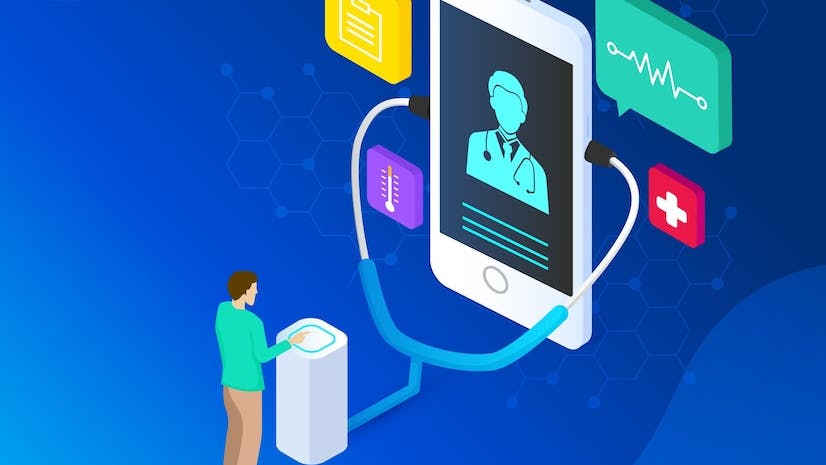
How to use voice recognition technology
Voice recognition technology offer plenty of advanced features, but two of the most used ones in the medical field include:
1. Natural language processing (NLP)
2. Acoustic analysis
NLP systems attempt to mimic the way human brains process language by analyzing spoken words for context, intonation, and other linguistic cues present in a recording for clues about the speaker's intent. Like any kind of artificial intelligence, NLP systems are far from perfect, but they can be trained to recognize speech patterns that are important to a particular task.
Acoustic analysis systems use computer algorithms that analyze the frequency and intensity of sounds in an audio recording to determine what is being said. These systems can be more accurate than NLP systems, but they are also less intuitive to use and may require manual adjustments if the audio content changes over time.
The technology itself works in two ways:
Front-end speech recognition converts spoken words into text in real time. This is a direct way of using speech recognition technology as the outputs are instant. It can help replace medical transcriptionists and note-taking staff. However, the downside of this usage is the margin for errors - the software may have a hard time recognizing words or letters that aren’t well pronounced.
Back-end technology, on the other hand, collects all inputs and keeps them in digital format. Once all data is in, the software analyzes and converts it into text and audio files. During this
phase, the software corrects most common mistakes and ensures high quality of the end-product. The process itself takes more time, but the results are much more accurate.
How vTalk.ai Helps Medical Industries
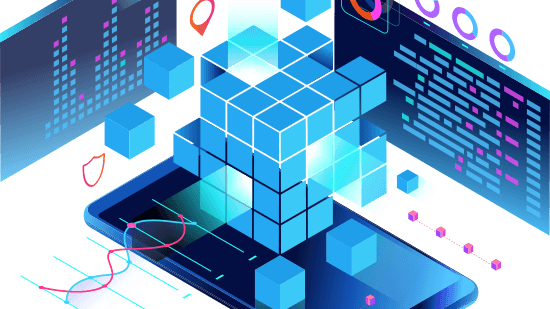
Image source: vTalk.ai
vTalk.ai is a platform setting up voice assistants that work with various aspects of human-machine interaction. The system is based on NLP, ML, AI, and neural networks. It grants high precision of speech recognition technology and helps deal with various scenarios, including in healthcare.
vTalk offers an in-built analytics system, pre-designed dashboards, customized templates, call recording, and text translation capabilities. While specializing in conversational AI, vTalk is a voice assistant granting the most advanced AI voice agents one can find on the market. What is more, vTalk can aid any given industry. How do we know? It is all because of the unique features the platform entails:
- Trainable neural network within the tool to make future interactions more natural and human-like
- Ability to handle both incoming and outgoing calls
- Integrated tool for building and setting up various scenarios along with intents
- An option to transfer calls to human operators
- A feature of sending SMS and emails based on the call results
- A built-in analytics system with dashboards for better performance review
- Call recordings with an option to convert speech into text
These features can help improve patient experience, boost patient engagement, and make healthcare more accessible. vTalk's visual logic designer, advanced NLU engine, and voice feature extraction are only a few unique tools users get when starting cooperation with vTalk.ai.
Installation and Implementation of Voice Recognition Technology
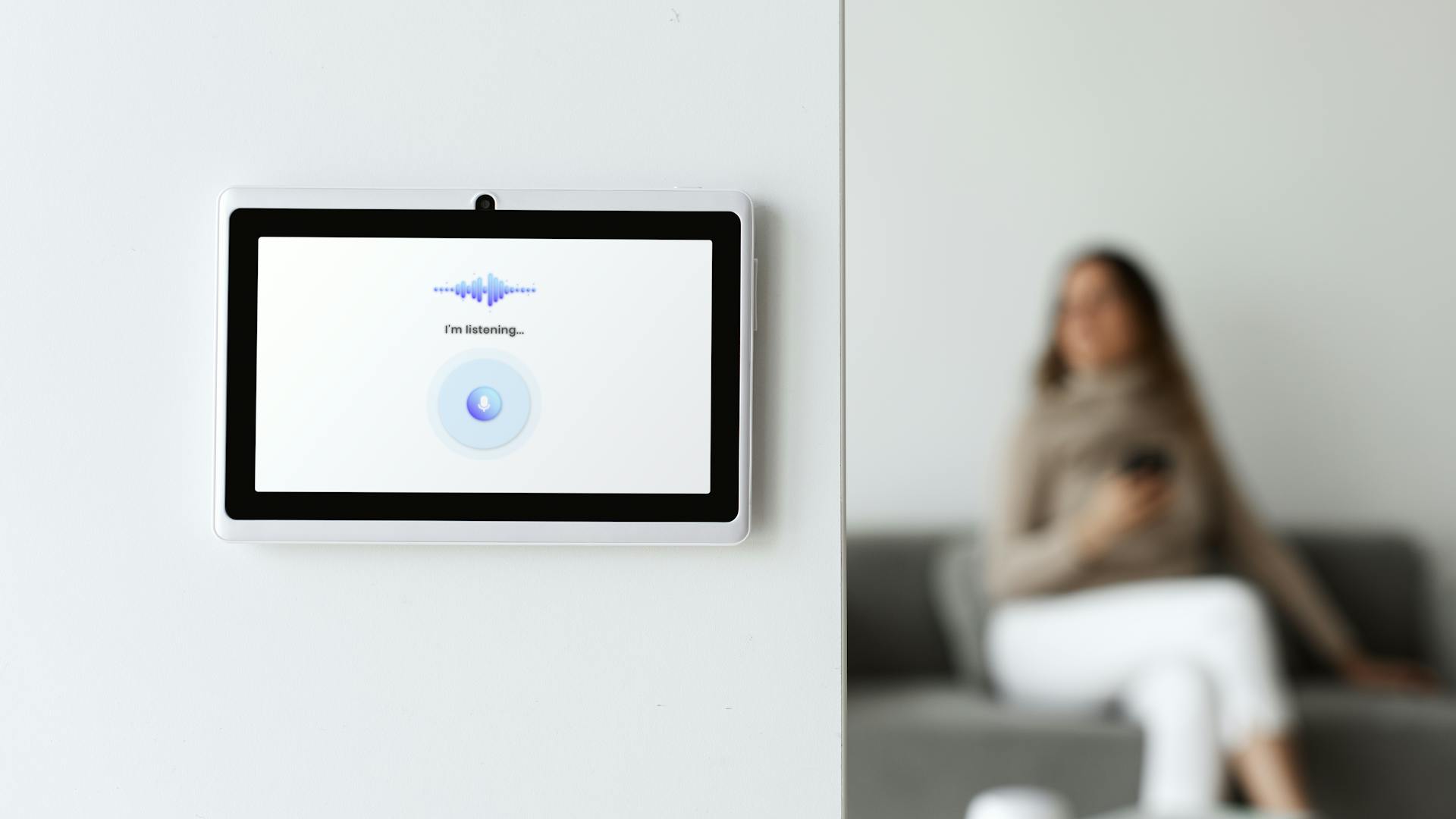
Image source: Freepik
When installing and implementing voice activated software, it is crucial to consider several aspects.
Cost and duration of implementation
It's difficult to find the right balance between efficacy and cost when implementing speech recognition technology. However, you can do it if you choose the right approach. For example, you can create a voice assistant from scratch, which will take months and cost a lot of money.
You can use open-source engines like IBM Watson or Azure Speech to Text. This implementation method takes less time and costs less. However, you need to keep in mind that these tools are not that customizable, and you cannot use them effectively in industries like healthcare. The best solution is to use vendors like vTalk.ai that have a ready-to-go high-quality speech recognition solution for reasonable prices.
Compliance
When thinking about platforms working with medical records and patient data, it is crucial to ensure the safety of such information. Respectively, keeping records safe depends on the degree of compliance. For example, speech recognition technology in healthcare must comply with HIPAA. In contrast, noncompliance will result in hefty fines, some of which can be as high as $1,5 million. In such a case, when looking for implementation options, always check the degree of their compliance.
Transcription errors
Voice recognition software in healthcare needs to be checked for transcription errors. Medical language is specific. Non-specialized tools might misspell or miss words, resulting in medical errors. To avoid this, you can add specialized dictionaries.
Installation
Finally, when speaking about the installation of voice-activated software, the best option is to rely on vendors that have extensive expertise in the matter. With companies like vTalk.ai, you can be sure speech recognition software is installed correctly on your device or platform. What is more, with vendors, you get support and maintenance.
Conclusion
There is enough evidence to suggest voice recognition technology has much room for the healthcare industry to flourish. It helps patients and medical staff alike by making care provision more effective and cost-efficient. It also reduces the chance of human errors and makes medical records more accurate. What’s even more exciting is the fact that technology will keep developing further and providing more and more advanced features.
Now, it is prime time to take full advantage of AI voice assistants in healthcare. So let's do that together.
FAQ
What type of technology is voice recognition?
Voice recognition is the technology using NLP, AI, and ML to turn human speech into data a machine or software can comprehend. In addition, as a result of processing, the voice assistant offers an output a human agent can understand. This helps automate work and relieve people from technical, mundane tasks.
What is the benefit of voice recognition technology?
There are many benefits of voice technology. Most notably, it brings better customer support, reduces the cost of customer services, offers greater accessibility to healthcare, and makes note-taking much easier for multiple healthcare providers.
What is medical speech recognition?
Medical speech recognition is a part of voice recognition software applied in the medical field. It is directed at narrowing the gap between patients and practitioners while offering better communication tools. It can be used to improve patient care, reduce the pressure of medical professionals and ensure accuracy in keeping medical records and documentation.
How does facial recognition technology help in the medical field?
Facial recognition technology (FRT) can be used to monitor patients while also diagnosing various genetic, behavioral, and medical conditions. In addition, various facial markers provide medical professionals with information concerning an individual's underlying health conditions.
